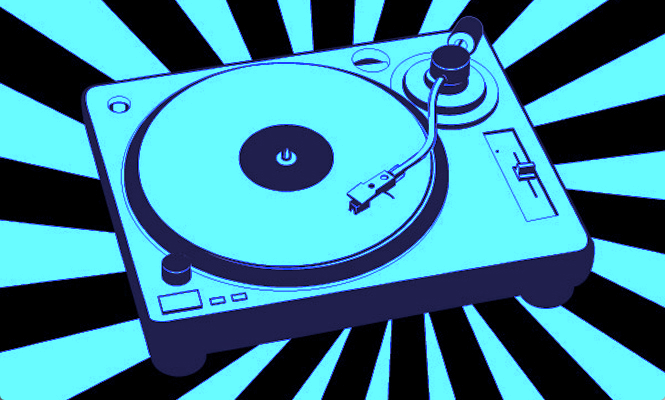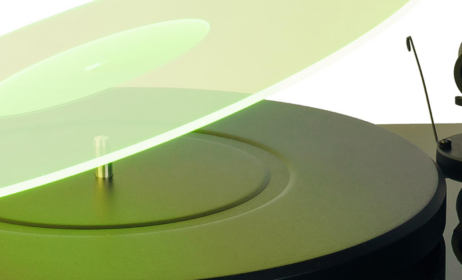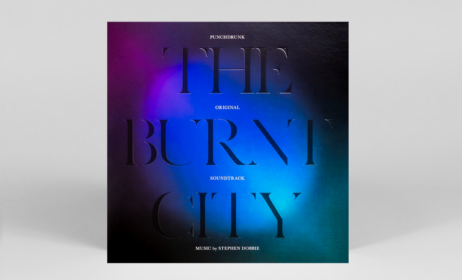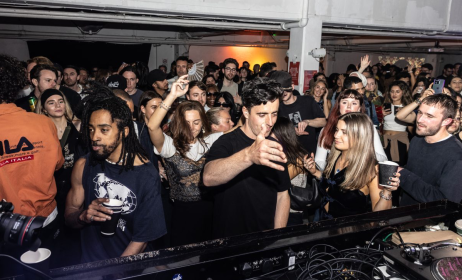Published on
September 7, 2016
Category
Features


Welcome.
There’s something about ‘holding music’ in your hand, don’t you think? But how about actually playing it? For anyone getting into records for the first time, buying a turntable can seem like a bit of a minefield. Do you get an all-in-one that saves on hassle but skimps on quality? Or should you dive straight in and get a full set-up with amp, (pre-amp!?) and speakers all added to the cost? It’s no surprise that if you have no experience the latter can seem fairly daunting.
To help you out, we’ve put together 8 basic pointers to bear in mind before you buy. And while we hope that the points below answer a few questions and possibly settle a few nerves, if you do have any other queries or require additional buying advice then pop a question in the comments below, and we’ll do our very best to help you out.
1: Money
As in most things, before you put your shoes and coat on to go shopping, deciding on your budget is the first task. The more money you have, the better can be your turntable. If the turnable is one part of buying a hi-fi system then I would recommend applying 50% of your budget to the turnable itself. Why? Because the turntable is the source of your music and its inherent sound quality. Any quality lost here will not be regained further down the chain from the amplifier and speakers.
2: System
This is a turntable guide but don’t forget that – depending on your individual circumstances and as I’ve alluded to above – you may have to buy an amplifier and speakers too. I say ‘may’ because hi-fi is anything but simple and there are various choices an options that can complicate matters. Nevertheless, in simple terms, to produce music from a turntable, you will also need an amplifier and speakers.
3: Space
Don’t ignore this one. It’s important. No point in buying a whopping great turnable if you’ve got nowhere to put it. Some turntables are larger than others but there are also luggable versions that can be removed when play is finished and there are even vertically mounted turntables out there to reduce turntable footprint even further.
4: New or Second-Hand?
There is always the possibility of scoring a complete bargain, when buying second-hand. There are many fine and very usable turntables out there in eBayland that will offer you superb value for money. A high-end turntable from the ’80s might be relatively cheap nowadays, for example. That said, if you are a beginner, you have to be very sure about your purchase before you hand over your cash. You need to know what to look for in terms of the turntable’s condition, which bits are on the way out, which bits have died a death and so on. It you are unsure, as a first time buyer, you should always buy new.
5: All in One
There are some turntables out there that arrive with everything that you need to play vinyl records and hear them too. All of the electronics are neatly hidden inside a single chassis. You simply plug it in, turn it on and you’re away. The choice is not great, though, as the best quality models tend to be second-hand while new model variants tend to offer dubious build and part quality. All-in-one designs generally offer great convenience but take a hit in terms of sound quality.
6: Should I buy a Crosley-type suitcase deck?
Maybe. If your budget for your entire hi-fi system amounts to something like £40-£50, then yes. I always encourage beginners to enter the vinyl fold so this category of record player can be useful. There are good and bad designs within this category, though, from a gamut of competing manufacturers. Keep a look out for reviews on The Vinyl Factory website to filter the good from the bad, and see our list of the best budget turntables here.
7: I’m not an Engineer!
“Turntables can look very complicated so, therefore, they must be difficult to set up, eh?” Well, some can but offenders tend to be older models or expensive and esoteric types. There are plenty of budget variants in which the manufacturer removes much of the pain of turnable set-up, so never fear. This includes installing and setting up the arm, installing and setting up the cartridge and the like. Nowadays, getting up and running with a budget turntable takes a few minutes but, on the whole, is pretty painless.
8: Devices & Modernity
These days, playing vinyl is not the start and finish of a turntable’s capabilities. Most turntables are limited (if that’s the right word) to just playing vinyl records but there are plenty of other designs out there that add features and capabilities to the product that you should be aware of before you decide to make your purchase. Some add a headphone socket, others add a phono amp (the specialised amplifier that increases the tiny signals from the turntable’s stylus/needle: the phono amp is normally found inside your main amplifier) which means that you can forget the main amplifier and, instead, plug the turntable directly into powered speakers to keep your system footprint down. Some turntables also include a USB port to allow streaming to speakers from the likes of Sonos and vinyl ‘ripping’ to a computer.
Image: Digitalam





